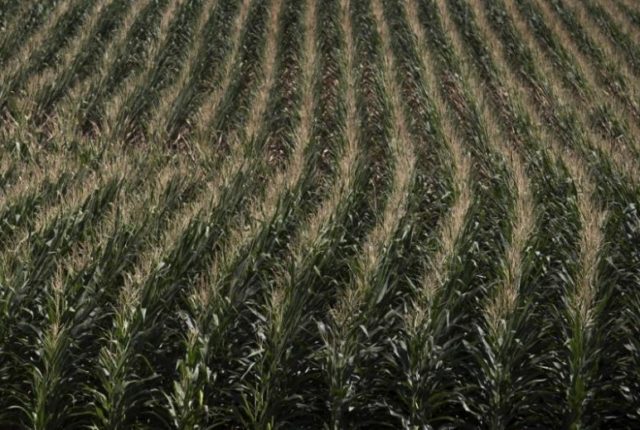
Every industry has its own version of “best management practices.” In agriculture, we often refer to them as conservation practices. They are specific management practices a farmer implements to protect or conserve the natural resources of their farm. These practices serve the environment, and in turn, serve the farmer.
Agricultural conservation practices help eliminate unnecessary soil and nutrient loss. Using conservation practices balances the need to have “working” agricultural lands and protect natural resources.
Nearly every farm in Lancaster County uses one or more conservation practice. Some examples include no-till planting, cover crops, manure storage units, concrete barnyard areas, grass waterways, terraces, streambank fencing, livestock crossings in waterways, planting along the natural contours of the landscape, and planting in strips. To learn more about Lancaster Farmland Trust, click here.
Cover CropsIn agriculture, cover crops are plants that are planted to cover the soil rather than for the purpose of being harvested. Cover crops manage soil erosion, soil fertility, soil quality, water, weeds, pests, diseases, biodiversity and wildlife in an agroecosystem—an ecological system managed and shaped by humans. Cover crops may be an off-season crop planted after harvesting the cash crop. They may grow over winter.[1][2]
Although cover crops can perform multiple functions in an agroecosystem simultaneously, they are often grown for the sole purpose of preventing soil erosion. Soil erosion is a process that can irreparably reduce the productive capacity of an agroecosystem. Cover crops reduce soil loss by improving soil structure and increasing infiltration, protecting the soil surface, scattering raindrop energy and reducing the velocity of the movement of water over the soil surface.[3] Dense cover crop stands physically slow down the velocity of rainfall before it contacts the soil surface, preventing soil splashing and erosive surface runoff.[4] Additionally, vast cover crop root networks help anchor the soil in place and increase soil porosity, creating suitable habitat networks for soil macrofauna.[5] It keeps the enrichment of the soil good for the next few years.
To see the entire wiki on Cover Crops, click here.
Cover crops are grasses, legumes, and other forbs that are planted for erosion control, improving soil structure, moisture, and nutrient content, increasing beneficial soil biota, suppressing weeds, providing habitat for beneficial predatory insects, facilitating crop pollinators, providing wildlife habitat, and as forage for farm animals. Furthermore, cover crops can provide energy savings both by adding nitrogen to the soil and making more soil nutrients available, thereby reducing the need to apply fertilizer.
Here we provide a list of several cover crops used in the PLANTS floristic area (PFA).
Selected links:
- USDA NRCS cover crops Practice Standard: (introduction)(standard).
- USDA NRCS Plant Materials Program cover crops literature list.
- Cornell University cover crops resources (guide) (fact sheet).
- University of California Sustainable Agriculture Research and Education Program (SAREP) Cover Crop Resource Page.
- Winter cover crops report from Purdue University.
- Managing cover Crops Profitably, 3rd. edition, from Sustainable Agriculture Research & Education (SARE).
No-till farming (also known as zero tillage or direct drilling) is an agricultural technique for growing crops or pasture without disturbing the soil through tillage. No-till farming decreases the amount of soil erosion tillage causes in certain soils, especially in sandy and dry soils on sloping terrain. Other possible benefits include an increase in the amount of water that infiltrates into the soil, soil retention of organic matter, and nutrient cycling. These methods may increase the amount and variety of life in and on the soil. While conventional no-tillage systems use herbicides to control weeds, organic systems use a combination of strategies, such as planting cover crops as mulch to suppress weeds.[1]
No-tillage is called ‘sod-seeding’ when crops are sown into a sod produced by application of herbicides on a cover crop. Sowing through the residue of previous crop is referred to as ‘direct-seeding’. Surface seeding or direct seeding on flats lands requires no machinery and minimal labor.[2]
Tillage is dominant in agriculture today, but no-till methods may have success in some contexts. In some cases minimum tillage or “low-till” methods combine till and no-till methods. For example, some approaches may use shallow cultivation (i.e. using a disc harrow) but no plowing or use strip tillage.
To see the entire wiki on No-till farming, click here.
No-Till GardeningNo-till techniques and methods are also being applied to gardening. For an updated review, click here.

